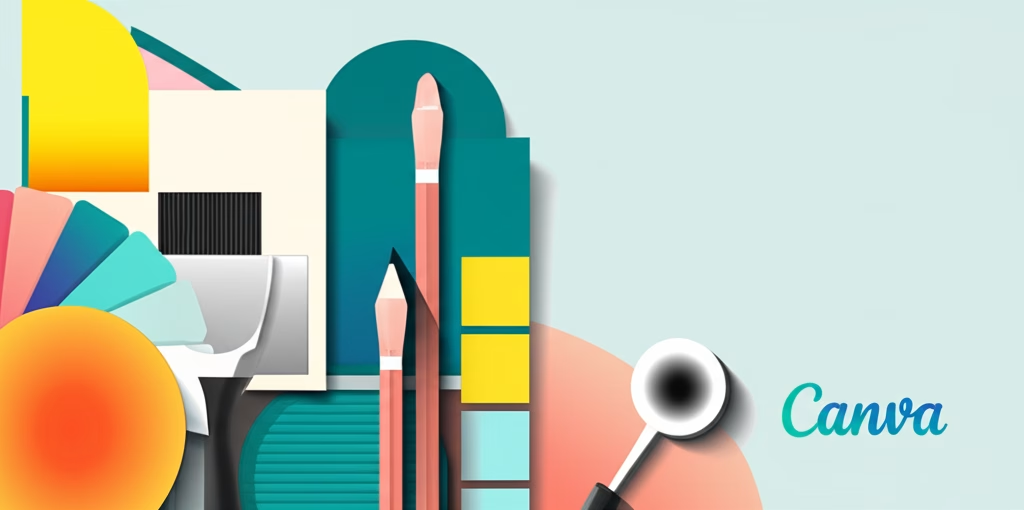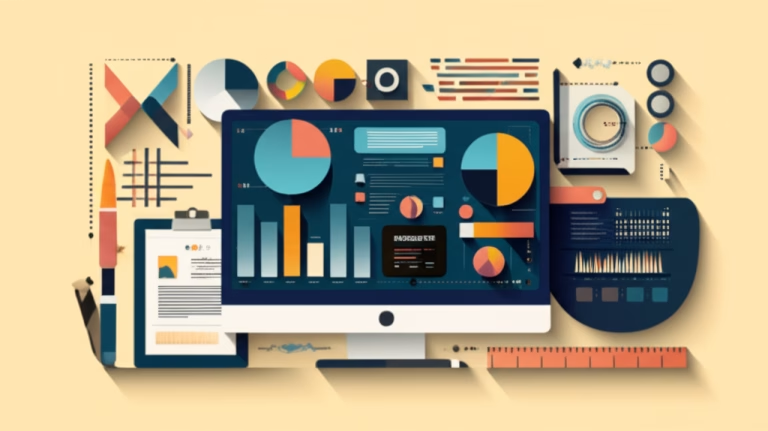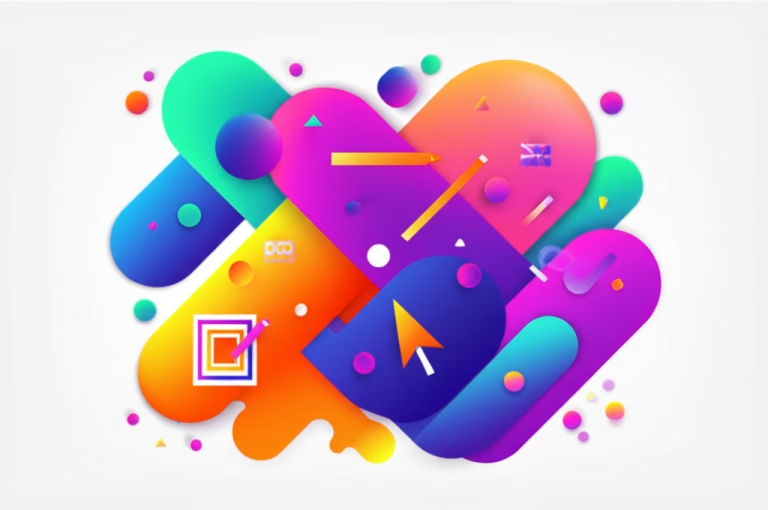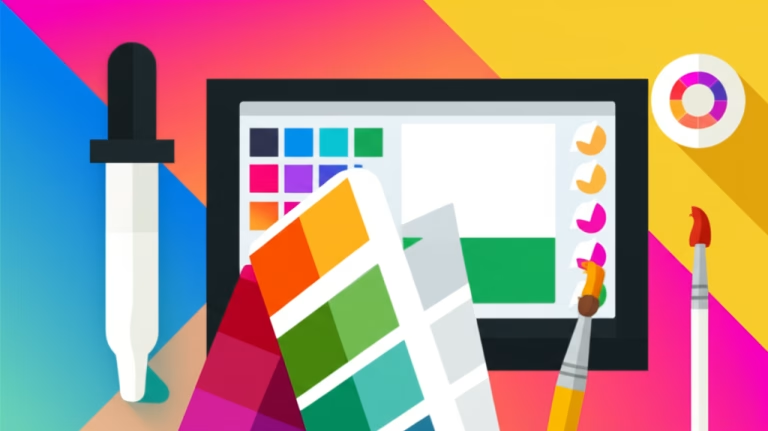Welcome, Aspiring Design Creator!
Ever felt a spark, a pull towards creating beautiful things, but didn’t know where to start without formal school? You’re not alone! Many amazing designers carved their own path, learning bit by bit. The world of design can seem huge and overwhelming, especially when you’re navigating it by yourself. How do you find reliable information? What should you learn first? This post is your friendly map. We’ll explore the fantastic learning tools available and how to use them to build your design skills effectively, turning that spark into real creative power.
Table of Contents
What Exactly Are Learning Tools for Designers?
Think of learning tools as anything that helps you gain knowledge or practice a skill related to design. They aren’t just software, though that’s a big part! They include online courses, tutorials, books, blogs, podcasts, design communities, and even just looking critically at the world around you. For someone teaching themselves, these resources replace the classroom and the teacher, providing structure and guidance on your creative journey.
These aids come in many forms, catering to different learning styles. Some are interactive, like video tutorials or online workshops. Others are passive, like reading articles or listening to podcasts. The key is finding the ones that resonate with you and help you absorb information effectively. They are the building blocks of your self-directed education in visual communication and creative problem-solving.
Why Finding the Right Learning Tools Matters So Much
Choosing the right learning tools is crucial when you’re self-taught. Without a set curriculum, it’s easy to get lost or waste time on ineffective methods. Good resources provide structure, teach fundamental principles, and offer practical exercises. They help you learn efficiently and build a strong foundation.
Effective tools also keep you motivated and engaged. Interactive platforms, supportive communities, and clear, step-by-step guidance can make the learning process enjoyable rather than a chore. They expose you to new ideas, techniques, and perspectives, accelerating your growth as a designer and helping you stay current in a fast-evolving field. They are your personal mentors and classrooms rolled into one.
Key Principles When Using Learning Resources
- Consistency is Key: Learning design is like building muscle; you need regular practice. Even short, daily sessions with your chosen learning tools are more effective than infrequent, long ones. Make it a habit, like brushing your teeth, to engage with your studies or practice. This steady effort compounds over time.
- Learn by Doing: Don’t just watch tutorials; follow along and recreate the steps. Design isn’t just theory; it’s a hands-on craft. Apply what you learn immediately to small projects or exercises. This active engagement solidifies your understanding and helps you develop muscle memory for design software and techniques.
- Focus on Fundamentals First: Before diving into complex software or trendy styles, understand the basics: color theory, typography, layout, and composition. These are the bedrock of good design, regardless of the medium. Many excellent learning tools focus specifically on these foundational elements. Mastering these principles makes learning software much easier later on.
- Embrace Community: Join online forums, social media groups, or local meetups. Connect with other aspiring and experienced designers. Sharing your work, asking questions, and giving feedback are powerful learning experiences. Communities offer support, inspiration, and different viewpoints, enriching your self-education journey.
- Stay Curious and Adaptable: The design world is always changing. New tools, techniques, and trends emerge constantly. Be open to trying new resources and updating your skills. Your learning tools should evolve with you as you progress and as the industry shifts. Lifelong learning is essential in this dynamic field.
Common Mistakes About Learning Tools and How to Avoid Them
It’s easy to stumble when figuring things out alone. Here are some pitfalls and how to steer clear:
- Getting lost in endless tutorials without practicing
How to Avoid: Set a goal before watching a tutorial (e.g., “I want to learn how to use the pen tool”). Apply it in a small project right after. - Jumping between too many different resources at once
How to Avoid: Choose one or two main learning tools or courses and stick with them until completion. Finish one topic or skill set before moving to the next resource. - Only focusing on software skills and ignoring design principles
How to Avoid: Make sure your learning tools cover foundational concepts like color, typography, and layout, not just button clicks in a program. Balance technical learning with theoretical understanding. - Not seeking feedback on your work
How to Avoid: Share your designs in supportive online communities or with trusted friends. Constructive criticism is vital for improvement. Be open to hearing different perspectives on your creative choices. - Trying to learn everything at once
How to Avoid: Break down your learning goals into smaller, manageable steps. Focus on mastering one skill or tool before adding another. Patience and focused effort yield better results than scattered attempts. - Comparing your progress too harshly to others
How to Avoid: Remember everyone learns at their own pace. Celebrate your own milestones and focus on your personal growth journey. Your path is unique, and comparing yourself to others can be demotivating. Use others’ work for inspiration, not comparison. - Giving up when things get difficult
How to Avoid: Design, like any skill, takes time and effort. When you hit a roadblock, take a break, seek help from communities, or try a different learning tool explaining the concept differently. Persistence is key to overcoming challenges. - Not organizing your learning materials
How to Avoid: Keep track of the tutorials, articles, and courses you’re using. Use bookmarks, folders, or note-taking apps to organize resources. A cluttered learning environment can make it hard to find what you need and track your progress. - Falling into the trap of just collecting resources without using them
How to Avoid: It’s tempting to sign up for every free course or bookmark every interesting article. Schedule dedicated time to actually *use* the learning tools you’ve gathered. Consumption is not the same as learning. - Fearing making mistakes or creating “bad” work
How to Avoid: Mistakes are essential parts of the learning process. Every design you create, even if it’s not perfect, is a step forward. Embrace experimentation and view errors as opportunities to learn and refine your approach.
How to Effectively Apply Learning Tools to Your Design Projects
Learning is great, but applying it is where the magic happens. Here’s how to use your new knowledge:
- Start Small and Simple: Don’t try to design a complex website or app as your first project. Use your learning tools to tackle smaller tasks, like creating a simple social media graphic, designing a basic logo, or practicing layouts with placeholder text and shapes. This builds confidence and reinforces specific skills.
- Mimic and Modify: Use tutorials to recreate existing designs you admire. Once you can replicate it, start changing elements – colors, fonts, layout. This helps you understand *why* certain choices were made and encourages you to experiment with variations. Your learning tools often provide files or assets for this purpose.
- Create Personal Projects with Purpose: Think about things you’re interested in. Design a poster for a fictional event you’d love to attend, create album art for your favorite band, or design a simple brand identity for a hobby. Having a personal connection makes the work more engaging and gives you a clear goal for applying your learning tools.
- Build a Portfolio as You Learn: As you complete projects, no matter how small or simple, save them. These pieces are proof of your learning and skill development. Even practice exercises from your learning tools can be included, showing your process and progress. Your portfolio is your visual resume.
- Seek Feedback and Iterate: Once a project is complete (or even mid-way), share it. Use the feedback you receive to make improvements. Going back and refining your work based on constructive criticism is a crucial part of the design process that your learning tools might not explicitly teach, but it’s vital for growth.
- Document Your Process: As you work on projects using your learning tools, make notes about what you learned, challenges you faced, and how you solved them. This reflection helps solidify your understanding and is useful when explaining your work in a portfolio or interview.
- Combine Skills from Different Tools: Don’t just use one tool per project. Try incorporating typography skills learned from a book with layout techniques from a video tutorial and software skills from an online course. Integrating knowledge from various learning tools makes your projects more robust and showcases a broader skill set.
- Set Deadlines (Even for Yourself): Giving yourself deadlines for completing projects helps you stay motivated and practice working under constraints, which is common in real-world design. Use your learning tools to estimate how long tasks might take and plan accordingly.
- Review and Refine Your Toolset: Periodically assess whether your current learning tools are still serving you well. As you advance, you might need more specialized or advanced resources. Your needs change as your skills grow, so your educational resources should too.
Frequently Asked Questions (FAQ) about Learning Tools for Self-Taught Designers
Q: Do I need expensive software to start learning design?
A: Not necessarily! Many excellent free or affordable learning tools and software options exist, like GIMP, Inkscape, Canva, or Figma’s free tier. Start with accessible options and invest in paid tools as your needs and skills grow. Focus on learning principles first.
Q: How long does it take to become a designer using these tools?
A: Everyone learns at a different pace. It depends on how much time you dedicate, the quality of your learning tools, and your practice. It’s a continuous journey of learning and improvement, rather than reaching a final destination. Consistency is more important than speed.
Q: Are online courses worth it compared to free tutorials?
A: Often, yes. While free tutorials are great for specific tasks, paid courses on platforms like Skillshare, Coursera, or Udemy often offer more structured, comprehensive learning paths created by experienced professionals. They can provide a more guided and in-depth educational experience than scattered free resources.
Q: How do I know which learning tool is right for me?
A: Experiment! Try a few different types – a video series, an interactive course, a book, a community forum. See which format resonates with your learning style and keeps you engaged. Read reviews and check out previews if available before committing time or money. Don’t be afraid to switch if something isn’t working.
Wrapping Up Your Design Learning Journey
Stepping into design on your own is an exciting adventure! We’ve covered what learning tools are, why they’re your best friends, key principles for using them effectively, common traps to avoid, and practical ways to apply what you learn to real projects. Remember, becoming a designer is a marathon, not a sprint. Be patient, stay curious, and keep creating.
The world of design is vast and full of possibilities. With the right resources and dedication, you absolutely can build the skills you need to bring your creative visions to life. Keep exploring, keep practicing, and most importantly, enjoy the process of learning and growing as a designer.



